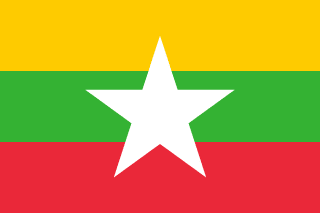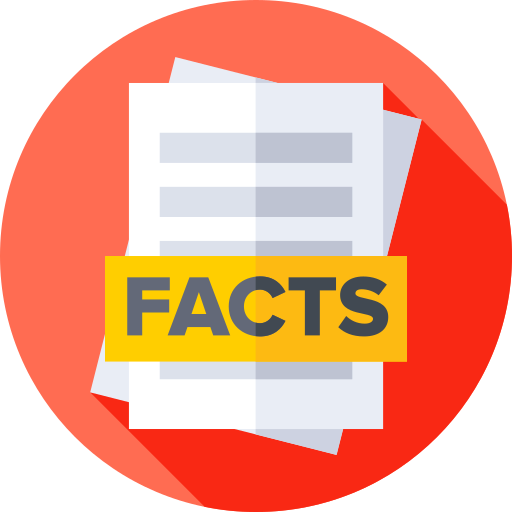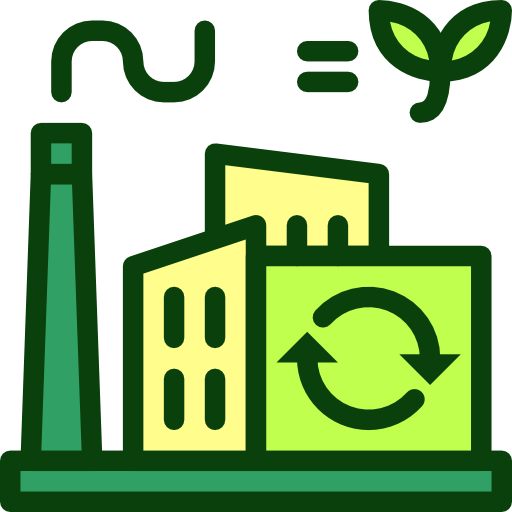Myanmar - Geography

Here, let us take a look at the Geography of Myanmar. Strategic location near major Indian Ocean shipping lanes; the north-south flowing Irrawaddy River is the country's largest and most important commercial waterway. Mother's mean age at first birth is 24.7 years (2015/16 est.) (Note: data represents median age at first birth among women 25-49), whereas, the Maternal mortality ratio is 185 deaths/100,000 live births (2023 est.)
Geographical data of Myanmar
| Location | Southeastern Asia, bordering the Andaman Sea and the Bay of Bengal, between Bangladesh and Thailand |
|---|---|
| Geographic coordinates | 22 00 N, 98 00 E |
| Map references | Southeast Asia |
| Tarrain | central lowlands ringed by steep, rugged highlands |
| Natural Resources | petroleum, timber, tin, antimony, zinc, copper, tungsten, lead, coal, marble, limestone, precious stones, natural gas, hydropower, arable land |
| Natural Hazards | destructive earthquakes and cyclones; flooding and landslides common during rainy season (June to September); periodic droughts |
| Irrigated Land | 17,140 sq km (2020) |
| Major rivers (by length in km) | Mekong (shared with China [s], Laos, Thailand, Cambodia, and Vietnam [m]) - 4,350 km; Salween river mouth (shared with China [s] and Thailand) - 3,060 km; Irrawaddy river mouth (shared with China [s]) - 2,809 km; Chindwin - 1,158 km note: [s] after country name indicates river source; [m] after country name indicates river mouth |
| Major aquifers | |
| Land Boundaries | 6,522 km |
| Border Countries | Bangladesh 271 km; China 2,129 km; India 1,468 km; Laos 238 km; Thailand 2,416 km |
| Coastline | 1,930 km |
| Climate | tropical monsoon; cloudy, rainy, hot, humid summers (southwest monsoon, June to September); less cloudy, scant rainfall, mild temperatures, lower humidity during winter (northeast monsoon, December to April) |
| Area | |
| Total Area | |
| Land Area | 653,508 sq km |
| Water Area | 23,070 sq km |
| comparative Area | slightly smaller than Texas |
| Maritime Claims | |
| Territorial sea | 12 nm |
| Contiguous zone | 24 nm |
| Exclusive economic zone | 200 nm |
| Continental shelf | 200 nm or to the edge of the continental margin |
| Elevations | |
| Highest point | Gamlang Razi 5,870 m |
| Lowest point | Andaman Sea/Bay of Bengal 0 m |
| Mean elevation | 702 m |
| Land Use | |
| Agricultural land | 19.9% (2022 est.) |
| Agricultural land: arable land | arable land: 16.8% (2022 est.) |
| Agricultural land: permanent crops | permanent crops: 2.3% (2022 est.) |
| Agricultural land: permanent pasture | permanent pasture: 0.7% (2022 est.) |
| Forest | 42.8% (2022 est.) |
| Other | 37.3% (2022 est.) |
Population Distribution
Population concentrated along coastal areas and in general proximity to the shores of the Irrawaddy River; the extreme north is relatively underpopulated
People and Society
In Myanmar, the different Ethnic groups are such that we have: Burman (Bamar) 68%, Shan 9%, Karen 7%, Rakhine 4%, Chinese 3%, Indian 2%, Mon 2%, other 5%
| Population | |
|---|---|
| Pop growth rate | 0.71% (2024 est.) |
| Birth rate | 15.7 births/1,000 population (2024 est.) |
| Death rate | 7.3 deaths/1,000 population (2024 est.) |
| Health expenditure | |
| Physicians Density | |
| Hospital bed Density | 1.1 beds/1,000 population (2020 est.) |
| Total fertility rate | 1.97 children born/woman (2024 est.) |
| Gross reproduction rate | 0.96 (2024 est.) |
| Contraceptive prevalence rate | 52.2% (2015/16) |
| Est married women (ages 15-49) | 57.5% (2023 est.) |
| Literacy | |
| Education expenditures | |
| Net Migration rate | -1.4 migrant(s)/1,000 population (2024 est.) |
| Nationality | Burmese | Burmese (singular and plural) |
| Languages | |
| Religions | Buddhist 87.9%, Christian 6.2%, Muslim 4.3%, Animist 0.8%, Hindu 0.5%, other 0.2%, none 0.1% (2014 est.) |
| Age Structure | |
| 0-14 years | 24.4% (male 7,197,177/female 6,843,879) |
| 15-64 years | 68.5% (male 19,420,361/female 19,998,625) |
| 65 years and over | 7.1% (2024 est.) (male 1,770,293/female 2,296,804) |
| Dependency Ratios | |
| Total dependency ratio | 45.9 (2024 est.) |
| Youth dependency ratio | 35.6 (2024 est.) |
| Elderly dependency ratio | 10.3 (2024 est.) |
| Potential support ratio | 9.7 (2024 est.) |
| Median Age | |
| Total | 30.8 years (2024 est.) |
| Male | 29.9 years |
| Female | 31.6 years |
| Urbanization | |
| Urban population | 32.1% of total population (2023) |
| Rate of urbanization | 1.85% annual rate of change (2020-25 est.) |
| Major urban areas (Pop) | 5.610 million RANGOON (Yangon) (capital), 1.532 million Mandalay (2023). |
| Sex Ratio | |
| At birth | 1.06 male(s)/female |
| 0-14 years | 1.05 male(s)/female |
| 15-64 years | 0.97 male(s)/female |
| 65 years and over | 0.77 male(s)/female |
| Total population | 0.97 male(s)/female (2024 est.) |
| Infant Motality | |
| Total | 32.1 deaths/1,000 live births (2024 est.) |
| Male | 35.4 deaths/1,000 live births |
| Female | 28.5 deaths/1,000 live births |
| Life Expectancy at birth | |
| Total population | 70.3 years (2024 est.) |
| Male | 68.5 years |
| Female | 72.1 years |
| Drinking Water Sources | |
| Improved: urban | urban: 95.4% of population |
| Improved: rural | rural: 80.7% of population |
| Improved: total | total: 85.3% of population |
| Unimproved: urban | urban: 4.6% of population |
| Unimproved: rural | rural: 19.3% of population |
| Unimproved: total | total: 14.7% of population (2020 est.) |
| Sanitation facility acess | |
| Improved: urban | urban: 93.9% of population |
| Improved: rural | rural: 81.3% of population |
| Improved: total | total: 85.2% of population |
| Unimproved: urban | urban: 6.1% of population |
| Unimproved: rural | rural: 18.7% of population |
| Unimproved: total | total: 14.8% of population (2020 est.) |
| Alcohol consumption per capita | |
| Total | 2.06 liters of pure alcohol (2019 est.) |
| Beer | 0.5 liters of pure alcohol (2019 est.) |
| Wine | 0.02 liters of pure alcohol (2019 est.) |
| Spirits | 1.55 liters of pure alcohol (2019 est.) |
| Other alcohols | 0 liters of pure alcohol (2019 est.) |
| Tobacco use | |
| Total | 42.2% (2025 est.) |
| Male | 68.1% (2025 est.) |
| Female | 17.1% (2025 est.) |
| Child marriage | |
| Women married by age 15 | 1.9% (2016) |
| Women married by age 18 | 16% (2016) |
| Men married by age 18 | 5% (2016) |
Demographic profile
All Important Facts about Myanmar
Want to know more about Myanmar? Check all different factbooks for Myanmar below.









